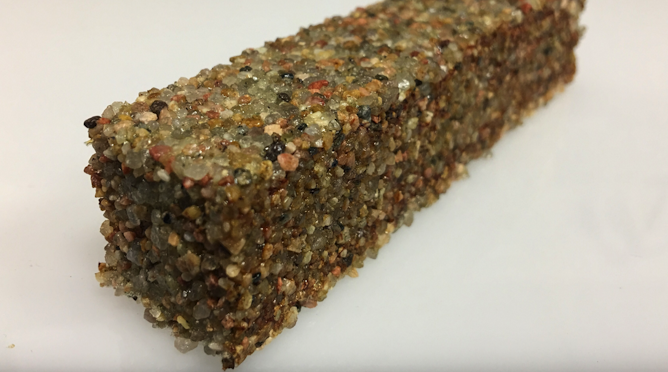
There are 20,000 FDA approved drugs. One of them might fight COVID-19, if we can find it.
Peter Dazeley/The Image Bank via Getty Images
Nevan Krogan, University of California, San Francisco
Why don’t we have drugs to treat COVID-19 and how long will it take to develop them?
SARS-CoV-2 – the coronavirus that causes the disease COVID-19 – is completely new and attacks cells in a novel way. Every virus is different and so are the drugs used to treat them. That’s why there wasn’t a drug ready to tackle the new coronavirus that only emerged a few months ago.
As a systems biologist who studies how cells are affected by viruses during infections, I’m especially interested in the second question. Finding points of vulnerability and developing a drug to treat a disease typically takes years. But the new coronavirus isn’t giving the world that kind of time. With most of the world on lockdown and the looming threat of millions of deaths, researchers need to find an effective drug much faster. Read the rest of the article.
|

A block of sand particles held together by living cells.
The University of Colorado Boulder College of Engineering and Applied Science
Wil Srubar, University of Colorado Boulder
Buildings are not unlike a human body. They have bones and skin; they breathe. Electrified, they consume energy, regulate temperature and generate waste. Buildings are organisms – albeit inanimate ones.
But what if buildings – walls, roofs, floors, windows – were actually alive – grown, maintained and healed by living materials? Imagine architects using genetic tools that encode the architecture of a building right into the DNA of organisms, which then grow buildings that self-repair, interact with their inhabitants and adapt to the environment.
Living architecture is moving from the realm of science fiction into the laboratory as interdisciplinary teams of researchers turn living cells into microscopic factories. At the University of Colorado Boulder, I lead the Living Materials Laboratory. Together with collaborators in biochemistry, microbiology, materials science and structural engineering, we use synthetic biology toolkits to engineer bacteria to create useful minerals and polymers and form them into living building blocks that could, one day, bring buildings to life. Read the rest of the article.
|

Harborview Medical Center in Seattle, Washington.
Clare McLean/UW Medicine
Nicholas Johnson, University of Washington
The Conversation is running a series of dispatches from clinicians and researchers operating on the frontlines of the coronavirus pandemic.
Inside, as usual, patient beds are near capacity, and the emergency department is filled with not only the usual mix of patients with trauma, stroke, chest pain and other concerns, but also dozens of people worried they might have COVID-19.
I am an emergency and critical care physician who cares for patients in the emergency department and intensive care units at Seattle’s Harborview Medical Center, a public hospital with 413 beds owned by King County and staffed by doctors from the University of Washington School of Medicine.
Everything feels different in the hospital now. Door entrances are locked, streets outside are quiet, the building feels empty given the lack of visitors and outpatients but also bustling with a different kind of energy. Read the rest of the article.
|